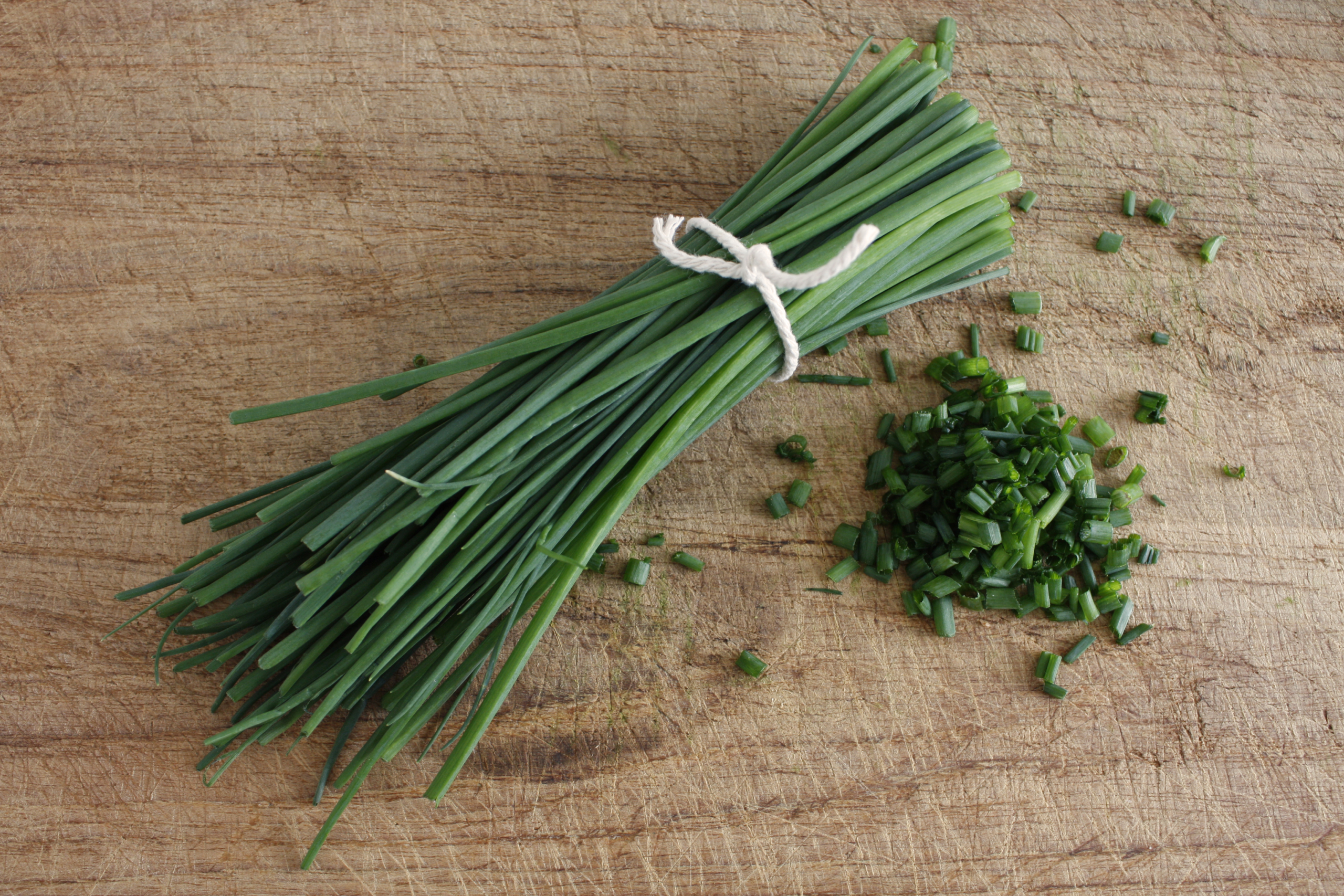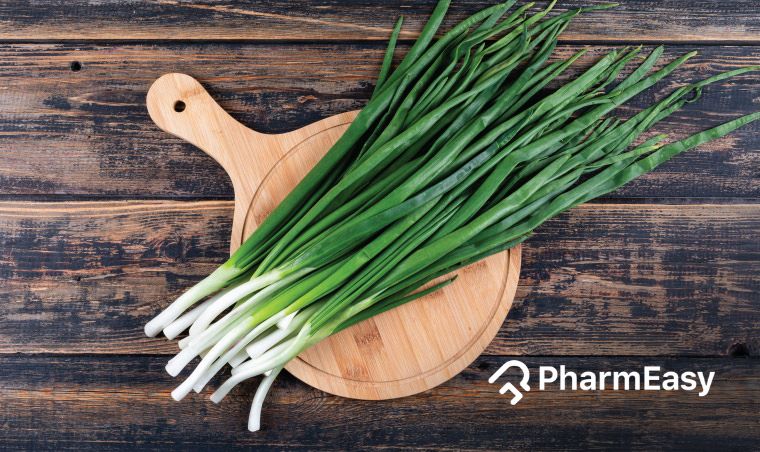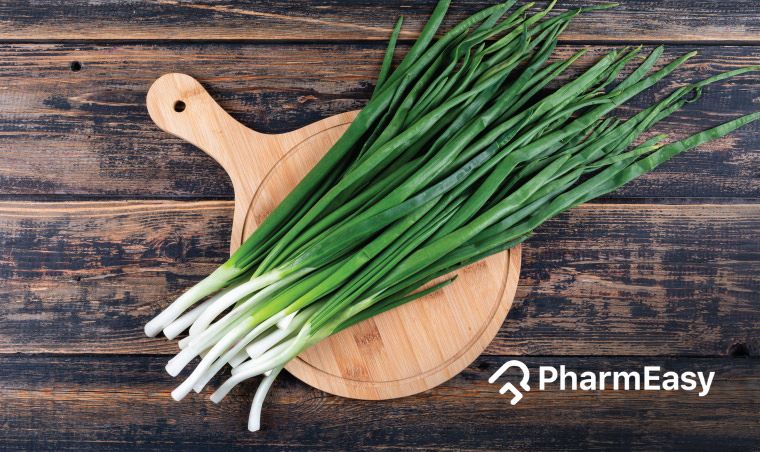Drying Chives: A StepbyStep Guide for Optimal Preservation
List:
1. Drying chives at home to extend their flavor and have them available year-round
2. Harvesting chives by cutting them back to at least 2 inches above the ground
3. Removing dead or yellowing leaves from chives
4. Using chive blossoms to make chive blossom vinegar or as a salad garnish
5. Rinsing and drying chives to remove excess moisture
6. Air drying chives by bundling them and hanging them in a cool, dry location
7. Oven drying chives by spreading them on a baking sheet and drying at the lowest oven temperature for about 1 hour
8. Storing dried chives in glass spice jars or small mason jars in a dry place
9. Noting that moisture can make dried chives lose potency
10. Replacing dried herbs when they no longer have a strong aroma


